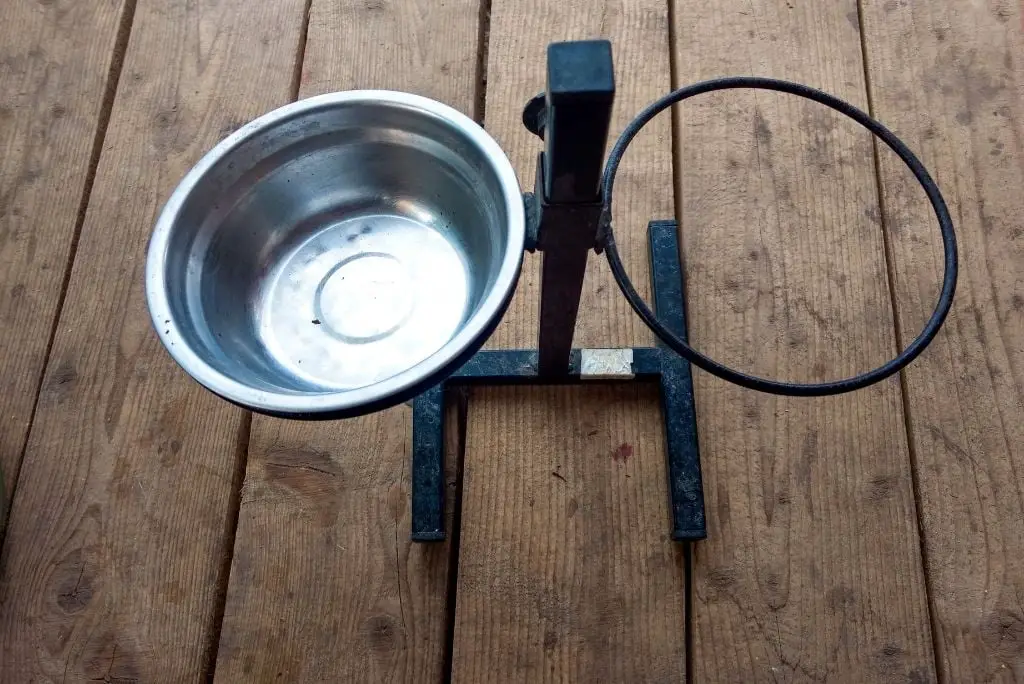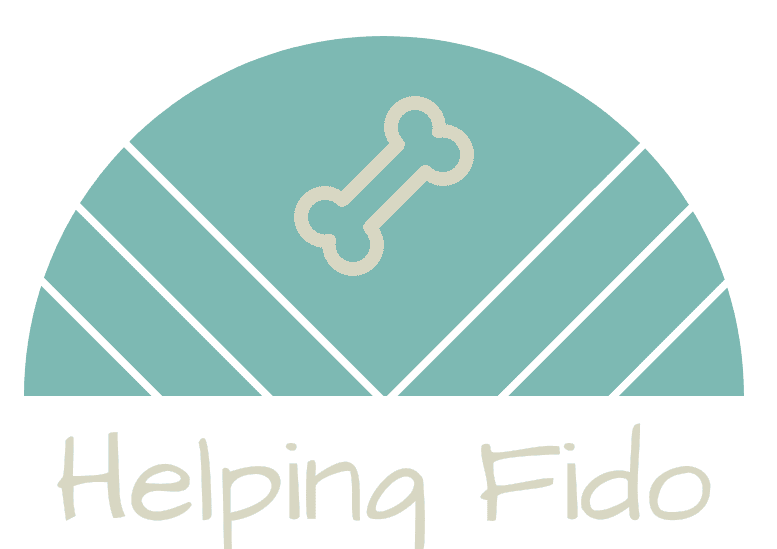Nutrition plays a big role in keeping your dog healthy. This means that learning how to correctly feed a dog is the best way to prevent health problems and ensure that dogs live a long and healthy life. This is especially true when it comes to young pups that are still growing and developing.
What makes this subject so tricky is the fact that there’s no “one size fits all” recipe as dogs come in many shapes and sizes. Some things you’ll need to consider when it comes to good nutrition are meal portion sizes, the frequency of meals, and even the bowls you use and the place where you feed your dog.
Article contents
How much should dogs eat?
Proportionally, puppies need more food than adult dogs since they’re growing rapidly. It’s crucial for puppies to have proper nutrition since they’re developing their bones and organs. Having proper nutrition will help set them up for a healthy life. Be careful with the total daily amount of food you’re feeding. You should not overfeed puppies as overweight puppies are more likely to become overweight adults which comes with its own set of health issues.
Some dog owners choose to free feed their dogs which means that they leave food available at all times. However, this is not recommended by veterinarians, as it promotes overeating and, in households with multiple dogs, it makes it difficult to track how much each dog is eating.
To determine how much your dog should be eating each day, you’ll need to estimate your dog’s healthy adult weight which is something your vet can help you with. With this estimated weight you’ll be able to determine how many calories does your dog needs per day and, the amount of food your dog needs.
Be sure to constantly monitor your dog’s body condition so that you can know if it’s gaining or losing weight and adjust its meals as needed.

How often should you feed a dog?
As puppies start to transition from their mother’s milk to solid food, they’ll need small and frequent meals. This can start when they’re 4 months of age with three to four meals per day. After that, they’ll slowly transition to two meals per day. Small and frequent meals are easier for puppies to digest and to help them keep their energy levels consistent.
As for adult dogs, these only require two meals a day and occasional treats that shouldn’t make up for more than 5% of their daily caloric intake. Dogs with medical conditions or special dietary needs may require a different approach which should be discussed with a veterinarian beforehand.
Besides limiting the daily amount of food, it’s also important to stick to an eating schedule. This can help avoid grazing and encourage good mealtime behavior. To do this, you’ll need to feed your dog at roughly the same time every day so it knows when to expect food.
If you decide to feed your dog two times per day, break up the total amount of food your dog should eat per day in two and give your dog half in the morning and the other half at night. To get your dog used to the feeding schedule and avoid spoiling any food, leave the food out for 30 minutes and remove it after this time. Eventually, your dog will learn that it should eat during that period.
Picking the right place and bowls
Pick a quiet spot and avoid busy areas where your dog can become territorial about its food. Pick a corner in the living room or in the kitchen and always place the food bowl there. If you have several dogs, feed them in separate rooms, especially if they tend to be territorial with each other.
Pick a place that is easy to clean or where you can place a plastic mat below your dog’s bowls so you can easily clean any spilled food. Be sure to also provide a bowl of water as it’s essential for your dog to be hydrated, especially if you live in a place with warm weather. Your dog should have clean and fresh water available at all times.
If your dog eats very quickly you may have to use a slow feeder bowl. These bowls are designed with separations and obstructions which makes dogs have to use more effort and precision to eat everything last bit of food. It works as a puzzle to give them physical and mental stimulation and forces dogs to take their time to eat every piece of food which can also help prevent overeating.
Using raised dog food bowls can also be beneficial. These can help make dogs more comfortable when eating as it prevents them from eating in an unnatural position. This can be very important for large dogs as these raised bowls make it easier for food and water to travel down the esophagus, put less strain on their necks and reduce pressure on their joints and bones. Raised dog food bowls also stop the bowls from moving around.

Making sense of it all
Learning how to properly feed a dog has 3 different components: the amount of food, time of meals, and tools used. With the help from your vet you’re able to find out how many calories your dog should eat per day and, looking at the nutritional facts label in your dog’s food, you can find how the daily amount of food.
If you have an adult dog, break up that amount into two portions and find the right feeding times that will fit your schedule to start getting your dog used to it. Start by putting out your dog’s food bowl for 30 minutes in the morning at taking it away after that. It’s normal if, in the first attempts, your dog doesn’t eat everything.
If you have a large breed dog, you may need to get some raised bowls to make it more comfortable for your dog and avoid leaving its bowls in busy areas where it can get territorial about over food.
